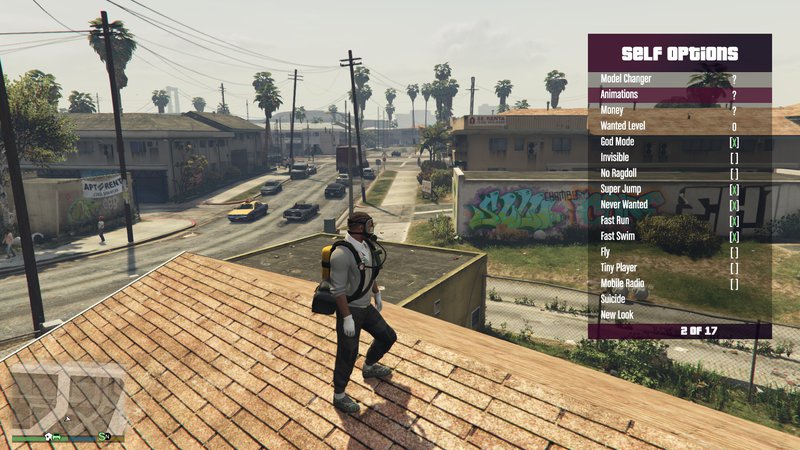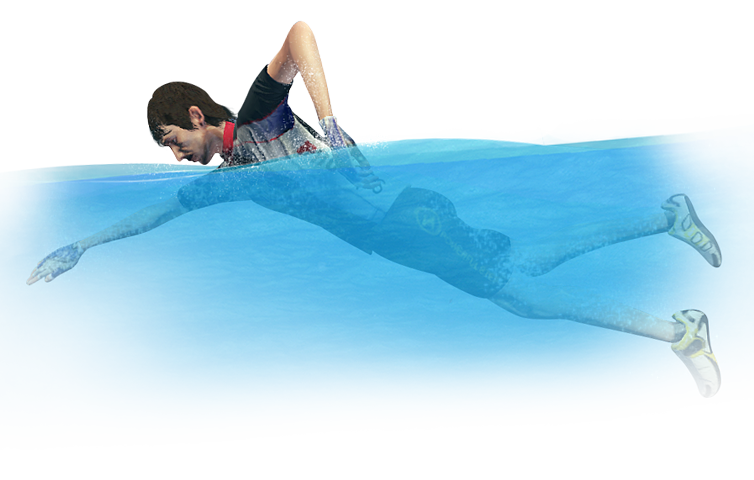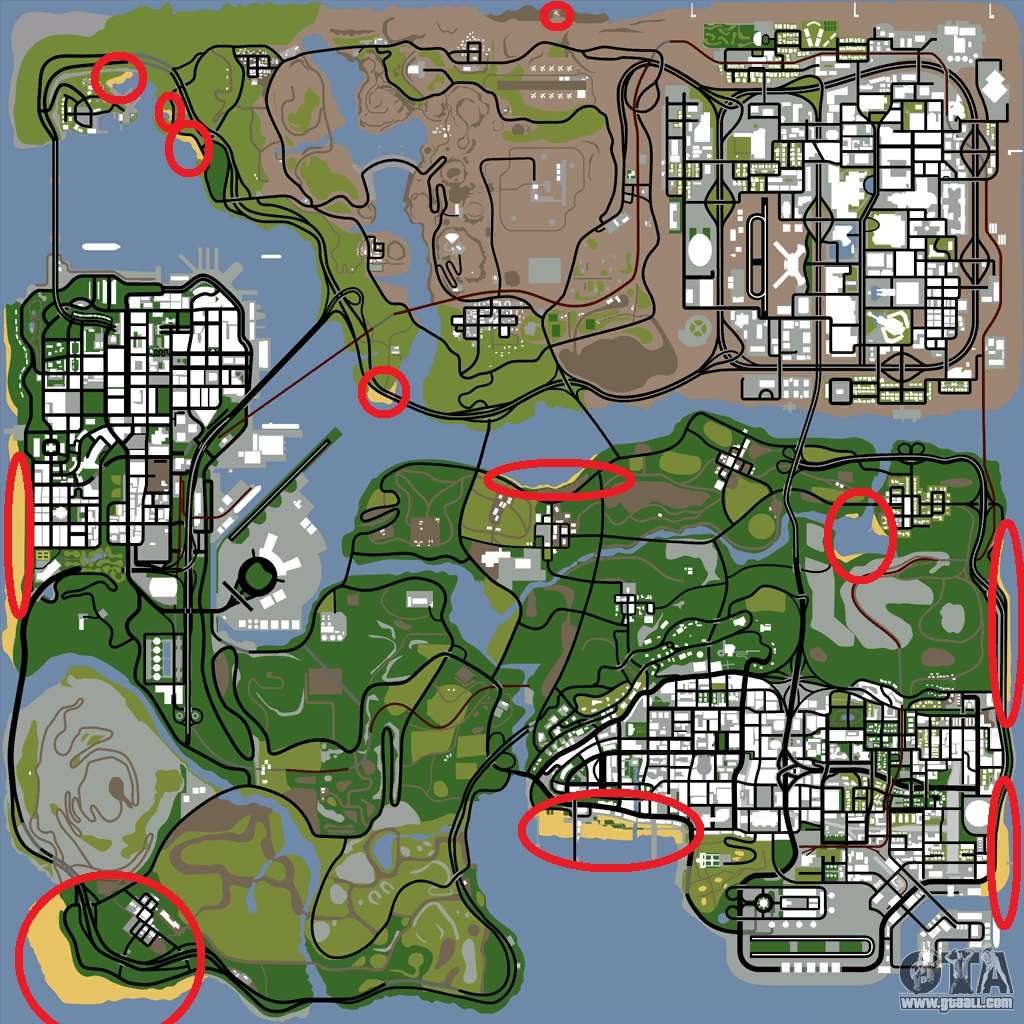

This chart is an example of how they could be subdivided new rectangles.Īs you can see in the first experiment, the water is completely removed, from the bottom to the surface. The empty square does not have to stand in the corner, you can completely eliminate the rectangle with the original coordinates, and create your new 4 rectangles, leaving a blank space where you want. It 'was a first real experiment to understand how everything works. This was my first test, a water.xml files with changed coordinates and one file for Map Editor for the building. What I got is a square without water in the sea just in the corner of the original rectangle:Īnd what can I do with this? For example this: So, for example, Xmin = -10, Xmax = -1, if invert the coordinates, nothing works. a small reminder, the negative numbers, -1 is greater than -10. Observing the coordinates in the graph is easy to understand which new coordinates to enter in water.xml file. In the chart I highlighted in blue areas of the new created rectangles. Then add these new lines in the file water.xml To do this we add 2 new rectangles, that will fill the empty spaces between X-1592 and X-1582, and between Y-1734 and Y-1744. Not very useful, but a first step.Ī most useful thing would be to have only a waterless square, where building something. With these changes, I got an area in the shape of "L" wide 10 meters/units. This first graph shows the changes I made to my water.xml file. In my early experiments I created the graphics, they helped me a lot to understand what I was doing and what coordinates to use in the file.
DINER DASH CODE
In this case I only changed in the previous code minX from -1592 to -1582, and minY from -1744 to -1734.

Now that we understand how the coordinates works, the easiest thing we can do is restrict an existing rectangle. In the picture below you can see what happened. To make you understand I removed from water.xml files, the first set of coordinates. This is the first thing to understand, it can be confusing, but it's actually very simple. They represent four points that define a rectangle.

The first four lines you see represent coordinates (x, y). The part that interests you is between and. Inside the file water.xml you find a structure similar to this: You have to export and import with OpenIV. The file is located in " common.rpf/data/level/gta5".
DINER DASH FREE
However for any questions feel free to ask in the comments.įorgive the bad English, for long texts use the translator.įirst, let's start by saying that the file you're going to work is water.xml. I will try to explain everything in the simplest way possible using many images and concrete examples with real files. There are an infinite number and every day is discovered something new. It is not absolutely a complete tutorial on all the features and functions of water in GTA 5. In this tutorial I show you just the basics for managing the water (mainly add-modify) and how they work and what are the parameters that I've explored so far.
DINER DASH HOW TO
I did a lot of testing before changing some existing portions of water, then starting to add new portions and starting to test the various parameters applicable to water in GTA 5.įor each test I created and shared a new map file, and many have asked me how to modify the water? So I decided to write this tutorial.


 0 kommentar(er)
0 kommentar(er)
